When I was a little girl, my parents took us to Washington, DC to pay a lengthy visit to the Smithsonian, some historical monuments, and other sites. In the car, we zoomed past miles of acoustic barriers my childish mind registered as some kind of giant band-aids. The image of the endless walls lining the sides of the interstate continues to fascinate me even today, as a young adult and a graduate student in acoustics.
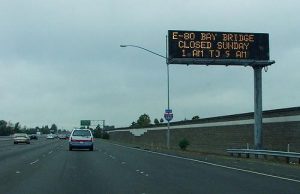
a 2010 survey by the Federal Highway Administration counted 2,748 linear miles of noise barriers built along highways in the U.S. But how do these walls work, and what led to their development?
The concept of the sound barrier and how it works is remarkably simple. In fact, it is one of the simplest solutions in the entire field of acoustics. It is a wall: a hard surface made of wood, concrete, brick, or other reflective, strong and durable material.

Sound reacts to solid walls in three ways: it is reflected (bounces off the surface); absorbed and/or transmitted (passes through the barrier to the other side.)
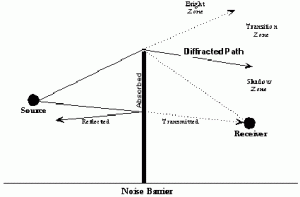
The taller the wall, the more surface area it will have to effectively do all three of these things. Since no wall is infinitely tall, a certain percentage of sound passes over the top of the wall (the fancy acoustical term for this is diffraction), effectively hopping the fence into suburbia.

If a wall is effectively textured, it can also diffuse sound, causing it to scatter in a variety of directions, which can further aid in the reduction of noise.
This is why newer-generation sound walls feature brick-like texturing, corduroy concrete, or other embossed patterns. Care must be taken to make sure that the reradiation of sound from diffusion doesn’t produce an increase in the amount of sound able to pass over the wall via diffraction.
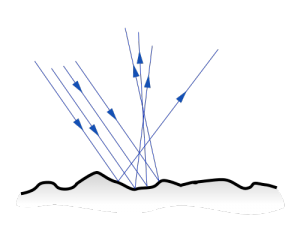
According to metrics by the Department of Transportation, in order to achieve a 5 decibel reduction of noise, a barrier must be built at the line of sight (and hearing) of the average individual. Every additional meter above the line of sight reduces the sound by an additional 1.5 decibels. This works through reducing the amount of sound energy able to pass over the wall via diffraction.
That’s it.
Yes, that’s actually 99% of the science behind the highway sound barrier. Most of the math behind it can be understood by an eleventh grader. The methodology is so simple; the best way to improve the wall acoustically is to simply build it thicker and taller, with slight material variations. Any improvements to the sound wall since its inception have been mostly aesthetic.
The unfortunate reality is that acoustical barriers are ugly. Attempts to make them translucent, decorative, or otherwise have had mixed results acoustically and are often much too expensive for state transportation budgets. Concrete, masonry, wood, and other common building materials are durable, inexpensive, and generally the most acoustically effective.

Do they work? In field measurements (taken by the author) at a site where construction of a new sound wall is underway (along Highway 695 near the Catonsville/Frederick Road exit), the sound pressure level (SPL) behind the wall was-indeed- 5 decibels (A-weighted) less than the sound outside of it. For scale, most people cannot hear a change in sound levels below 3 decibels. The noise of the highway remains in the foreground of life for those whose homes flank it.
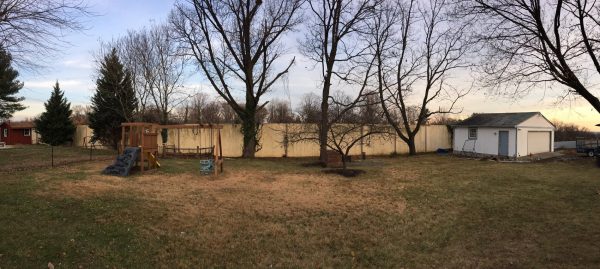
The Sound Barrier & Modern Sprawl
Sound barriers are what those within the discipline call “defensive” acoustics – solutions that are applied after something becomes a problem rather than being integrated into a design from its beginning. They are afterthoughts. People who lived in the communities originally displaced by mid-century urban renewal efforts never expected that a highway would soon be going through their neighborhoods. They were therefore left defenseless against the ceaseless noise.
To put the walls in perspective: never before in history have people needed to build a physical barrier to shield themselves from noise. In this respect, the sound wall can be seen as the apex of an aural crisis a century in the making.

The sound wall can be traced back to the sprawling automobile culture of California. When noise from the Arroyo Seco Highway interfered with the activities of the nearby Hollywood Bowl, a team of researchers from UCLA put together a study in 1958 for the California Department of Transportation, one of the first documented acoustical studies on highway noise.
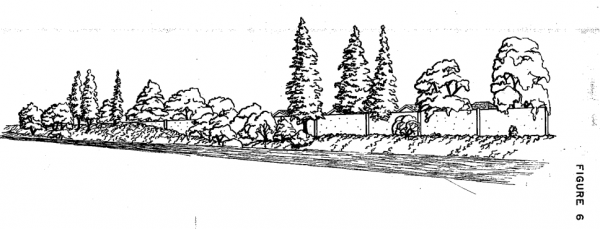
Despite this early research, the first sound wall would not be built until 1968. It was constructed along Interstate 680 in Milpitas, California where it remains to this day. And then with the passage of the Noise Control Act of 1972 sound barriers began to spread across the country.
Noise as we know it is an entirely modern phenomenon, beginning with the first and second industrial revolutions. During this period, which spanned most of the 19th century, manufacturing technology and the modern factory changed the nature of life and work in Western civilizations. Before that, noise mainly came from living things: people and animals. In our era of constant noise, it’s difficult to conceive of such a world.
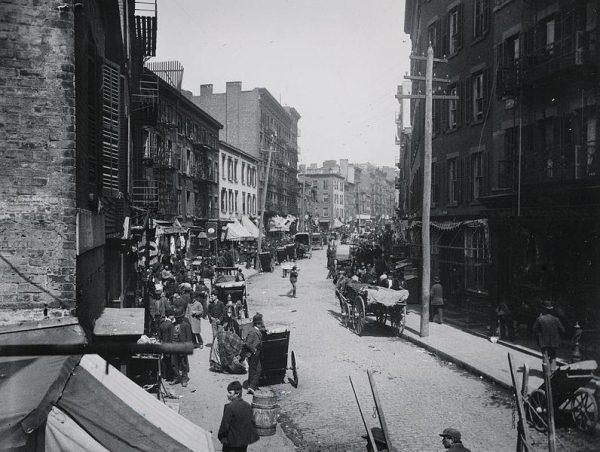
Noise from transportation is even more recent. During the height of late 19th century industrial manufacturing, the city and its factories were the source of the majority of noise, joined later by the railway system. The origin point of our current highways and the concept of the commute both date from the last quarter of the 19th century.
In some cities such as Chicago and New York, the establishment of railway transit in resulted in suburbs such as Oak Park and Queens. In other parts of America, the invention of the streetcar spawned the first generation of suburbs, and the middle and upper classes began slowly trickling out of the cities to escape both the air and noise pollution.
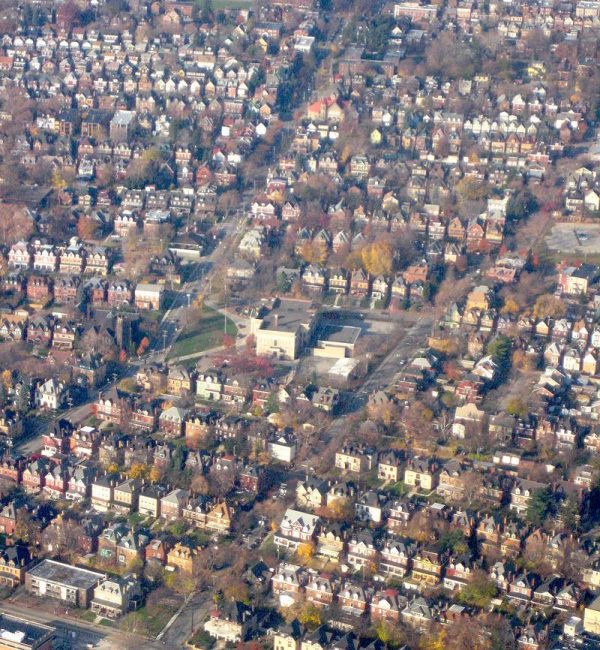
At the time, rail travel in the US was a robust and thriving system, with many companies owning and operating sprawling lines. The transportation noise in the first- and second-generation suburbs was not ceaseless like the noise of today’s highways. Noise in these communities could be expected at regularly scheduled intervals, and the sound levels of trains or streetcars passing through was nowhere near substantial enough to cause hearing damage. These same areas are louder today than they have ever been.

These systems limited the amount of sprawl outside of cities, as commuter lines were expensive and time consuming to build. Their decline began with the notorious dismantling of the streetcar system thanks in part to collusion between General Motors, Standard Oil, and other industry insiders, combined with a population who, lured by the perception of freedom, preferred to car. Shortly after, the first Federal Highway Act established the first interstate road systems, which triggered the first generation of automobile suburb subsequently interrupted by the Great Depression and World War II.
Rapid suburbanization post-WWII (caused by the post-war policies of the Federal Housing and Veterans Administrations combined with the massive road building spurred by the Federal Highway Act of 1956) made noise virtually inescapable as more and more people flocked to the way of the car.

Somehow, during this time, engineers and developer ignored the obvious fact that highways and cars created noise. They made no attempt to develop or standardize any form of noise control before embarking on mass construction. The opportunity to establish widespread protocols for noise reduction at the source, such as slower driving speeds and the preservation of green barriers between highways and communities, was lost.
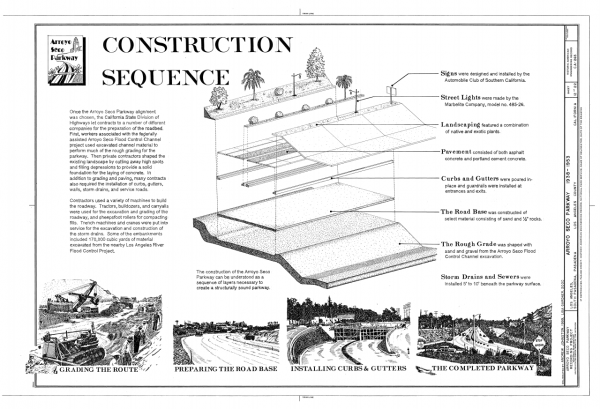
It took until the late 60s for people to realize the effects noise can have on everyday life. Aside from hearing loss, noise exposure is linked to psychological problems such as feelings of isolation, anxiety, depression, difficulty concentrating, and a reduced efficiency at completing tasks, as well as physical problems like high blood pressure, insomnia, and fatigue.
Those displaced by highways during the urban renewal era, often poor communities and communities of color who often lacked the resources to fight back against development, were left to suffer the ceaseless noise as countless others (including those who helped cause the problem) simultaneously escaped its adverse effects

For many of these communities, the sound wall, while reducing the noise, also fostered a sense of further isolation. Walls are a powerful image, and the sound wall could be seen as a metaphor for the crisis of modernity, sprawl, and ill-conceived ideas of progress.




Comments (7)
Share
So important and really nice article. Next thing is to remove car horns and sirens, with smartphones and smart-cars, these devices could relay information when a horn is honked or when a siren is activated in an emergency vehicle, sound pollution is out of control. I heard just this week that smart cars are being designed to be louder because of dangers with visually impaired people.
The photo credited to “John Riis” was actually taken by the esteemed social reformer and journalist Jacob Riis. Thought you might want to make an edit!
P.S. I grew up in New York and always appreciated the pretty birdies on the noise barrier lining the Long Island Expressway. Here’s the best picture I can find online: https://static1.squarespace.com/static/52584f73e4b0c355ae9ab5fc/t/5273e087e4b03c0534c15274/1383325866020/LongIslandExpressway1-+Noise+Barrier.jpg
I enjoyed the article. Unfortunately, there’s a geographical error. The Arroyo Seco parkway does not go past the Hollywood Bowl. The Arroyo Seco parkway is a name for the 110. The highway that passes the Hollywood Bowl is the 101. This might seem like a minor point, but 10 million people live in Los Angeles County and their freeway identification skills are strong!
Why do we continue to promote this debunked conspiacy?
https://en.m.wikipedia.org/wiki/General_Motors_streetcar_conspiracy
In the article, he writes:
“To put the walls in perspective: never before in history have people needed to build a physical barrier to shield themselves from noise. ”
Not true. Traffic in ancient Rome was so heavy that Julius Caesar banned commercial wagons from city streets during daylight.
That law reduced traffic jams, but the constant stream of wooden wheeled carts rolling over rough brick streets most of the night produced a horrible racket that made it hard for most to sleep at night.
The Romans NEEDED to build a noise wall, but didn’t have the technology or money or space to do it. My point is that this is not the first time in human history that humans have made a horrific racket, as the author implies.
I’m looking for someone to answer this question on a slightly different (but possibly related) subject: will Trump’s proposed border steel slat wall present acoustical problems? Will it create vibrational noises when activated by wind, like a tuning fork? Or whistle like blowing across a bottle? If so, what would be the decibel range and could that pose physical or mental harm to those within range?
Anyone…?
You may want to change your 19th century to 20th century. This is the twenty-first century we’re in right now.